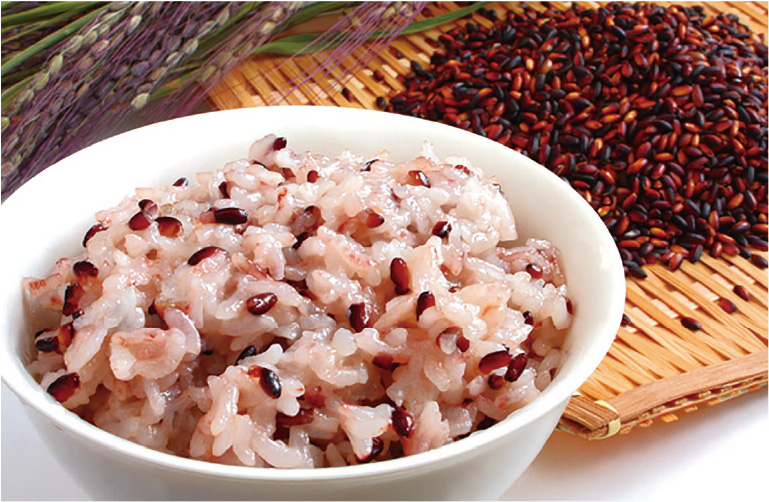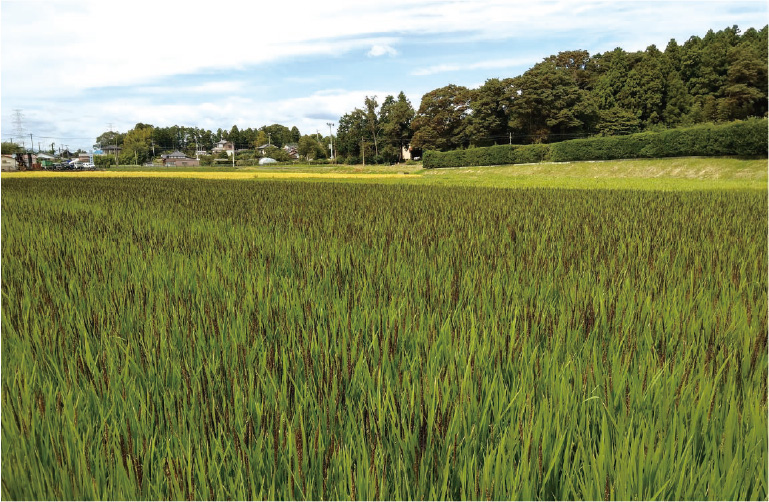I work hard to cultivate this purple-colored rice that is known as 'kodaimai' (ancient rice). When I first started growing kodaimai about 10 years ago, it didn't sell very well, and there were times when I thought about quitting. However, as I continued growing it, I realized that it has great value.
For example, the kodaimai I grow has a glutinous texture compared to ordinary rice, and is rich in minerals, vitamins, polyphenols, and other nutrients. It is also difficult to cultivate because it is highly susceptible to disease. However, this also makes it rare, and it can be sold at a high price if you can produce good quality kodaimai. I think farmers should consider how to sell their rice independently, instead of just growing it. That’s why I work to ensure my customers fully understand the value of the product before they purchase it. We are now growing four types of kodaimai, which has widened our options and allowed us to expand the range of business with our customers. Of course, there are failures, but we always try to grow new varieties every year, including regular white rice.
Through these efforts, we have stabilized sales of our "Shiro-no-Murasaki" brand.



